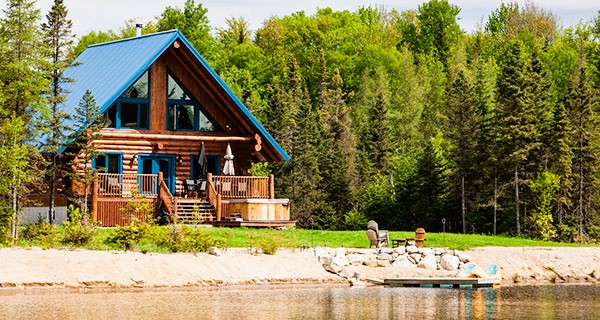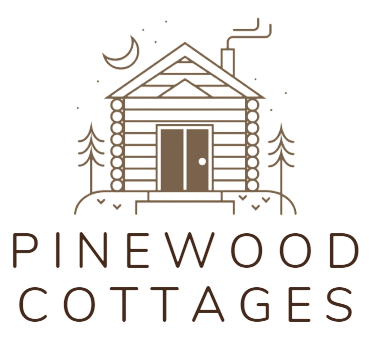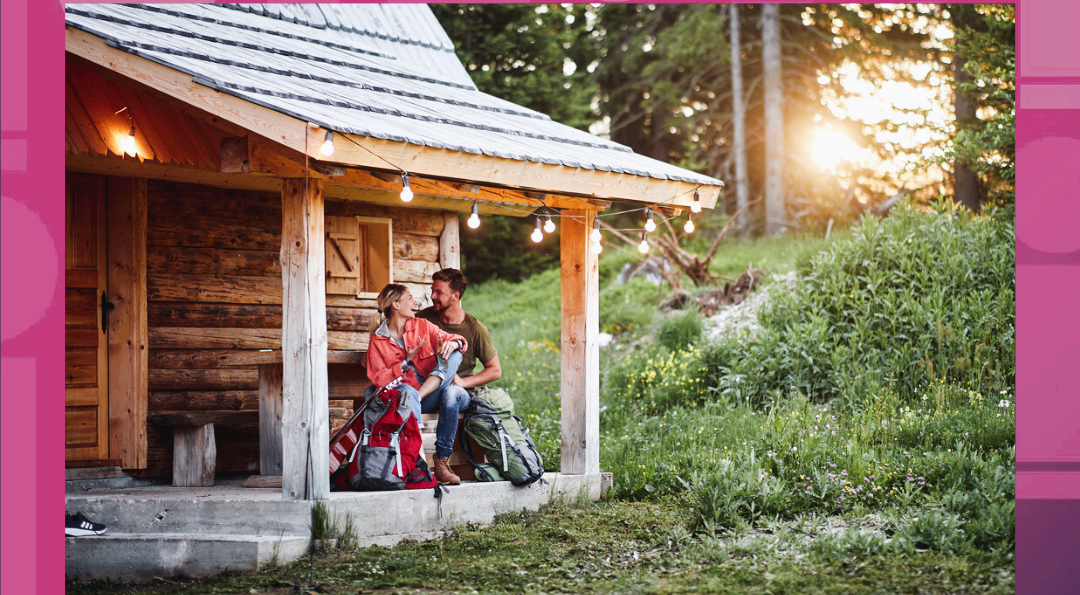Owning a cottage in Canada is a dream come true for many. The serene landscapes, the escape from the hustle and bustle of the city, and the opportunity to create lasting memories with family and friends make it a cherished investment. However, with this dream come responsibilities, and one of the most critical aspects of cottage ownership is insurance. Cottage insurance in Canada is essential to protect your investment, but understanding it can be complex. In this article, we’ll delve into the key aspects of cottage insurance in Canada and provide you with the information you need to make informed decisions.
Types of Cottage Insurance
1. Cottage Property Insurance
Cottage property insurance is the foundation of your coverage. It typically protects the physical structure of your cottage, including the main building, outbuildings (such as sheds and boathouses), and any personal property you keep on the premises. This policy helps cover the costs of repairing or rebuilding your cottage in case of damage from perils like fire, theft, vandalism, or extreme weather events.
2. Liability Insurance
Liability insurance is crucial, especially if you rent out your cottage or have guests over regularly. It provides coverage in case someone is injured on your property, and you are found legally responsible. This coverage can help pay for medical expenses, legal fees, and other related costs.
3. Watercraft Insurance

If you have boats, canoes, or other watercraft at your cottage, you may want to consider watercraft insurance. Standard cottage insurance policies may offer limited coverage for watercraft, so a separate policy can ensure comprehensive protection for your boats and related equipment.
4. Seasonal Insurance
Seasonal insurance is designed for cottages that are used only during certain times of the year, such as summer or winter. It allows you to customize your coverage based on when you use your cottage, potentially saving you money during the off-season.
5. Renters’ Insurance
If you rent out your cottage to others, renters’ insurance is crucial. It protects you from potential damage caused by tenants and may also provide liability coverage for renters. Construction of a sauna in Canada, more here.
Factors That Affect Cottage Insurance Rates
Several factors influence the cost of cottage insurance in Canada:
1. Location
The location of your cottage plays a significant role in determining insurance rates. Cottages in areas prone to severe weather events or those located far from fire departments may have higher premiums.
2. Construction Material
The materials used to build your cottage can impact insurance costs. Fire-resistant materials may result in lower premiums, while wood construction may lead to higher rates.
3. Security Measures
Security measures such as alarm systems, smoke detectors, and fire extinguishers can reduce insurance premiums by reducing the risk of damage or theft.
4. Distance to Water
Proximity to water bodies like lakes or rivers can also affect rates. Cottages near water are more susceptible to flooding or water damage, which may increase premiums.
5. Use of the Cottage
How you use your cottage matters. If it’s a seasonal dwelling and unoccupied during certain months, you may qualify for seasonal insurance, which can be more cost-effective.
Coverage Limits and Deductibles
When selecting a cottage insurance policy, it’s essential to understand coverage limits and deductibles. Coverage limits refer to the maximum amount your policy will pay in the event of a claim. Deductibles are the out-of-pocket expenses you must cover before your insurance kicks in. Make sure your coverage limits align with the value of your property and possessions and that you can comfortably afford the deductible.
Standard Exclusions

Cottage insurance policies typically exclude coverage for certain perils or circumstances. These may include:
- Floods: In many cases, flood insurance is a separate policy.
- Earthquakes: Coverage for earthquake damage may require an additional policy.
- Wear and Tear: Regular wear and tear or maintenance issues are typically not covered.
- Intentional Acts: Damage caused intentionally is not covered.
Bundling Options
To potentially save on cottage insurance, consider bundling it with your primary home insurance policy. Many insurance providers offer discounts for bundling multiple policies together, so check with your insurer for details.
Regulatory Standards and Resources
Understanding cottage insurance in Canada is essential, but it’s also important to stay updated on any regulatory standards or changes. For more information on Canadian insurance standards and regulations, you can refer to Wikipedia offers a comprehensive overview of the insurance industry in Canada.
Conclusion
Cottage ownership in Canada is a rewarding experience, but it comes with responsibilities, including securing the right insurance coverage. By understanding the types of insurance available, the factors that influence premiums, and the standard exclusions, you can make informed decisions to protect your cherished retreat. Remember that insurance needs can change over time, so it’s a good practice to review your policy annually to ensure it aligns with your current circumstances and provides the peace of mind you deserve as a cottage owner.

